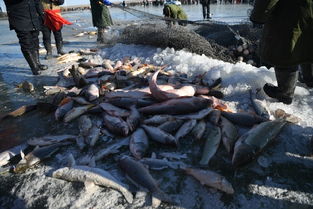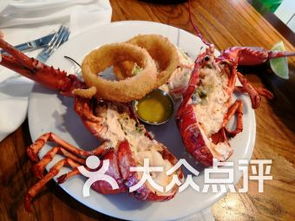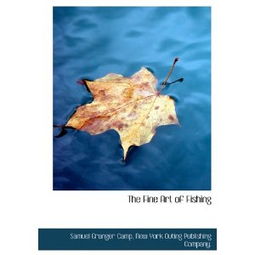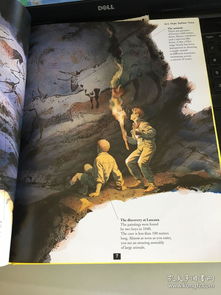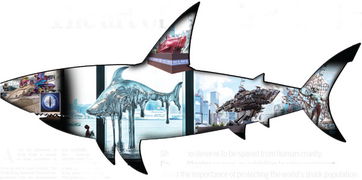Content:
In the digital age, fishing has evolved beyond the traditional methods of casting rods and waiting for a bite. With the advent of online fishing, or net fishing, anglers can now enjoy the thrill of catching fish from the comfort of their own homes or offices. Whether you're a seasoned angler looking to diversify your techniques or a beginner eager to try something new, here's a comprehensive guide on how to use net fishing effectively and successfully.
Understanding Net Fishing
Net fishing, as the name suggests, involves using a net to catch fish. This method is particularly popular for catching larger species or for those who prefer not to handle fish directly. It's also a great way to stock your pond or aquarium with new additions. Before you start, it's important to understand the basics of net fishing.

Choosing the Right Net
The first step in net fishing is selecting the right net. There are various types of fishing nets available, each designed for different purposes:
- Cast Net: Ideal for catching larger groups of fish in open water.
- Trap Net: Used for trapping fish in a confined area, such as a pond or river.
- Dip Net: Suitable for catching smaller fish or fish in shallow water.
- Tangle Net: Designed to entangle fish, often used in commercial fishing.
Choose a net that suits your specific fishing needs and the type of fish you're targeting.
Setting Up Your Equipment
Once you've chosen the right net, it's time to set up your equipment. Here's what you'll need:
- Fishing Rod: A sturdy rod that can handle the weight of your net.
- Reel: A reel to hold the line, which is attached to the net.
- Line: A strong, durable line that can withstand the weight of the net and the fish.
- Buoy: A buoy to keep the net at the desired depth or to mark the fishing area.
- Weights: Weights to anchor the net at the bottom of a pond or river.
Attach the net to the rod, reel, and weights, and ensure everything is secure before you start fishing.
Fishing Techniques
Now that your equipment is ready, it's time to learn the fishing techniques:
Cast Net Fishing: Hold the rod with one hand and the line with the other. Cast the net out into the water, then pull it back quickly to catch the fish. Be sure to practice casting in open space to get a feel for the technique.
Trap Net Fishing: Position the net in the water, using the weights to anchor it. If you're fishing in a pond, you can place the net in the middle and wait for fish to swim into it. For rivers, you may need to move the net along the current.
Dip Net Fishing: This is a more hands-on approach. Simply dip the net into the water and scoop up the fish. This method is best for small fish or fish in shallow water.
Tangle Net Fishing: This method requires more skill and experience. The net is placed in the water and allowed to drift with the current. Fish that become entangled in the net are then collected.
Safety and Ethical Considerations
Always prioritize safety and ethical fishing practices:
- Respect the Environment: Avoid disturbing the natural habitat of fish and other aquatic life.
- Handle Fish Carefully: Be gentle when handling fish to prevent injury.
- Release Unwanted Fish: If you catch a fish that you don't want to keep, release it back into the water quickly and carefully.
- Follow Local Regulations: Be aware of local fishing laws and regulations regarding net fishing.
Conclusion
Net fishing is a unique and exciting way to enjoy the hobby of fishing. By understanding the basics, choosing the right equipment, and mastering the techniques, you can increase your chances of success. Remember to always practice safety and ethical fishing to ensure a sustainable and enjoyable experience. Happy net fishing!

